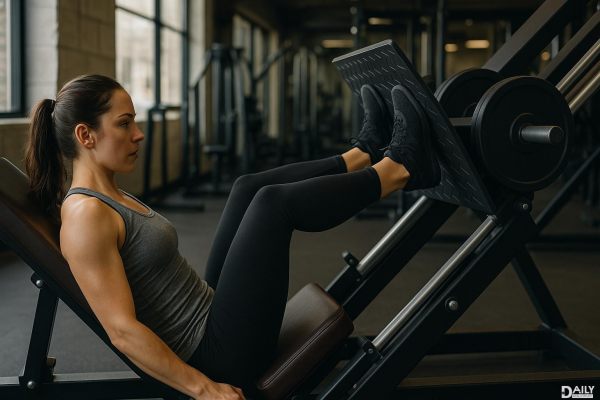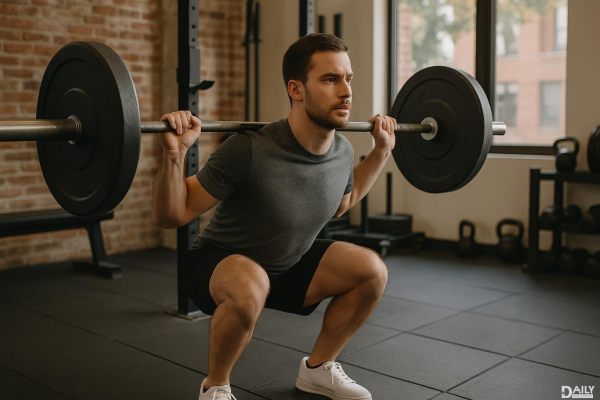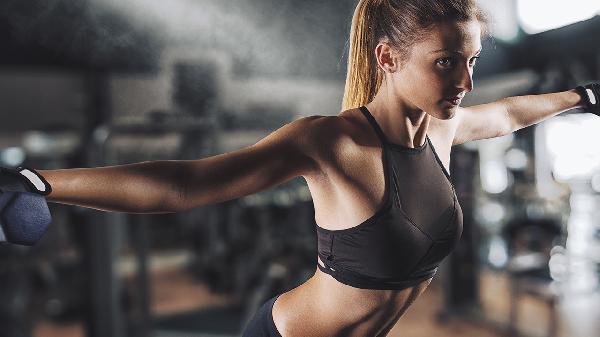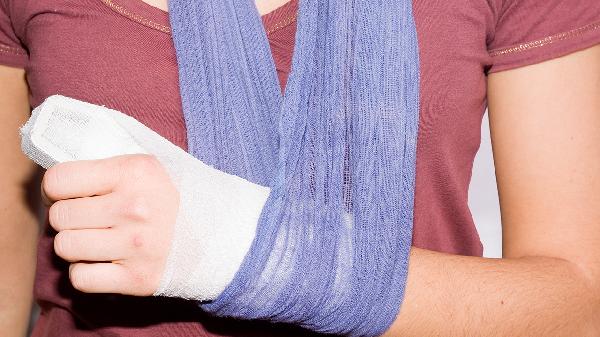Weight belts can be a game-changer for your lifting routine, but they’re not a magic bullet. These belts are designed to provide support to your lower back and core during heavy lifts, helping you maintain proper form and reduce the risk of injury. However, whether or not you need one depends on your fitness level, the type of lifts you’re doing, and your overall goals. Let’s break it down so you can decide if a weight belt is worth strapping on.
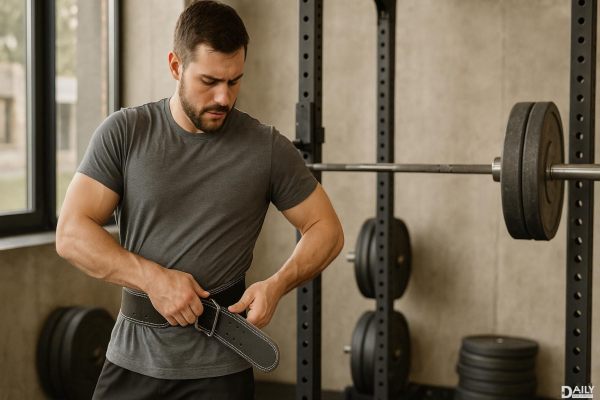
A weight belt isn’t just a fashion statement for the gym—it’s a tool that helps stabilize your core. When you’re lifting heavy weights, especially during compound movements like squats or deadlifts, your core muscles work overtime to keep your spine in a neutral position. A weight belt increases intra-abdominal pressure, essentially giving your core a little extra support. Think of it like a backup singer for your abs—it doesn’t do the heavy lifting, but it sure helps you hit the high notes.
If you’re new to lifting, you might want to hold off on using a weight belt. Building a strong core and mastering proper form should be your top priorities. Once you’re lifting heavier weights—think 80% or more of your one-rep max—a belt can be a helpful addition. It’s also a good idea to use one during max-effort lifts or competitions where you’re pushing your limits. But for everyday training? You might not need it. Over-relying on a belt can actually weaken your core over time, so use it strategically.
There’s a reason weight belts are a staple in powerlifting and strongman competitions. First, they can help you lift heavier weights by providing that extra core stability. Second, they reduce the risk of injury by keeping your spine in alignment during heavy lifts. And third, they can boost your confidence—there’s something about strapping on a belt that makes you feel like you’re ready to conquer the world (or at least the barbell).
While weight belts have their perks, they’re not without drawbacks. For starters, they can create a false sense of security. If you’re not careful, you might rely on the belt instead of engaging your core muscles, which can lead to imbalances and weakness over time. Additionally, wearing a belt too often can limit your body’s ability to adapt and strengthen naturally. And let’s not forget the discomfort—some people find belts restrictive or even painful, especially if they’re not fitted properly.
Not all weight belts are created equal. When shopping for one, consider the width, material, and buckle type. A wider belt (around 4 inches) provides more support for your lower back, but it might dig into your ribs during certain lifts. Leather belts are durable and offer excellent support, while nylon belts are more flexible and easier to adjust. As for the buckle, lever buckles are secure but less adjustable, while prong buckles offer more flexibility. The key is to find a belt that fits snugly but doesn’t restrict your breathing or movement.
If you decide to use a weight belt, make sure you’re using it correctly. Position it around your waist, just above your hip bones, and tighten it so it’s snug but not uncomfortable. Remember to breathe into your diaphragm and brace your core before lifting—the belt should enhance your natural bracing, not replace it. And don’t forget to take it off between sets to give your body a break. Using a belt is like adding salt to a dish—a little goes a long way.
If you’re not ready to commit to a weight belt, there are other ways to support your core during heavy lifts. Focus on strengthening your core muscles with exercises like planks, dead bugs, and anti-rotation movements. You can also work on your breathing techniques, such as the Valsalva maneuver, to increase intra-abdominal pressure naturally. And of course, always prioritize proper form—no belt can fix bad technique.
So, do weight belts really boost your lifting game? The answer is yes—but only if you use them wisely. They’re a valuable tool for heavy lifts and max-effort attempts, but they’re not a substitute for a strong core and good form. If you’re lifting heavy and want that extra layer of support, go ahead and strap on a belt. Just remember to use it as a supplement to your training, not a crutch. Happy lifting!
